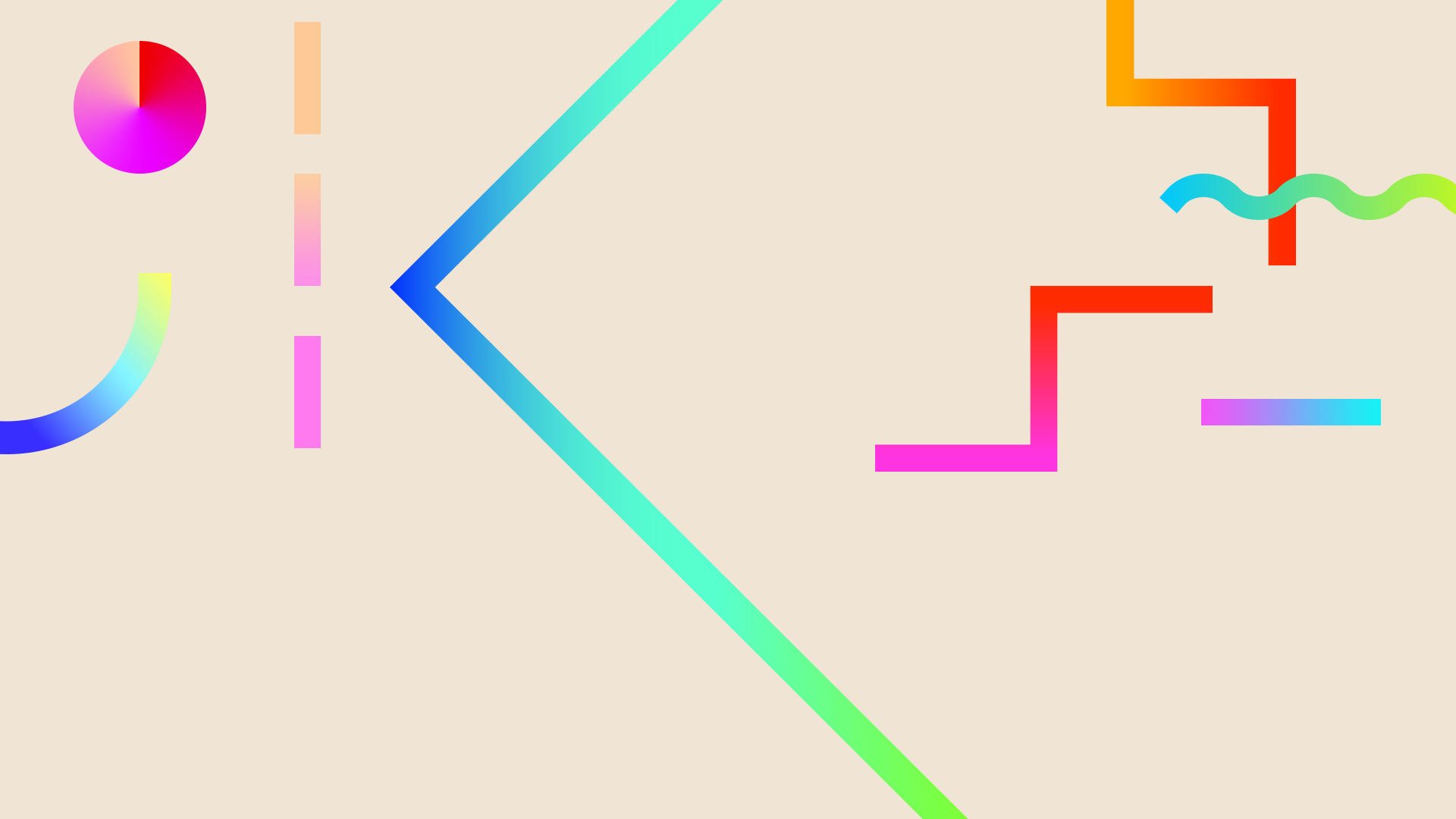10 Uncommon Flowers You Can Eat
- Michelle
- May 25, 2018
- 3 min read

Eat a flower? Seems a bit uncommon, right? Not so much anymore. Chefs around the world are digging into the old-timey herbal repertoires and getting into more than just 'pretty' food sources. I'm sure you've seen flowers used as garnish on a salad, or on a dessert. The next time you see that, go ahead and eat the flower too! Edible flowers have such a range of flavor. Some are spicy, some are sweet, some are perfume-y (those are not my favorites).
Here are some tips before you go flower-foraging, followed by some of the edible flowers.
Only eat flowers you know are 100% edible. If you're not sure it's edible, consult a reference book on edible flowers and plants, or get an app on your phone.
Eat flowers you have grown yourself and know they are safe to eat. If you get flowers from a nursery or greenhouse, make sure they have not been treated with pesticides.
Do not eat flowers you find on the roadsides, or any flowers from public parks (there is a state law that says you may not remove wildlife or plants from public parks). Also, they may have been treated with pesticide, and roadside flowers may be polluted by car exhaust.
Eat only the petals, and remove pistils and stamens before eating.
If you suffer from allergies, introduce edible flowers gradually, as they may make your allergies worse
To keep flowers fresh, place them on moist paper towels and refrigerate in an airtight container. Some will last up to 10 days this way. Ice water can revitalize limp flowers.
And now, for the flowers.

Bee balm
Everyone knows the bees love Bee Balm, but so do the butterflies and hummingbirds! The plant is a relative of mint, so it can become invasive, but the blossoms come in reds and pinks and are gorgeous when in bloom. The flowers have a minty flavor, and you can use the leaves for tea.

Borage
Borage is also known as a bee-attracting flower. It has beautiful blue star-shaped edible flowers that taste like cucumber. You can sugar the flowers and use them on cakes, or leave them plain for a salad!

Calendula
Also known as Pot Marigold, Calendula is used as a substitute for saffron in many dishes. It's beautiful color is the perfect compliment to rice, and it looks beautiful on salads. It is also known as 'Poor Man's Saffron'.

Chrysanthemum
Not the favorite to use, as the petals are a little bitter, but the flavors range from peppery to pungent, and the colors are varied so there are many uses. It is commonly used as tea because it is a relaxant.

Clover
My kids were told clover is edible when they were young, and when we would walk through our yard, inevitably one or more of them would pick a clover blossom and munch on it while we were out. Clover is a little sweet, and tastes a bit like licorice. Clover flower tea is a nice drink, and the leaves are eaten in salads or cooked.

Dandelion
Mostly known as a 'weed' nowadays, dandelion has been used for centuries in herbal medicine, and just recently, people have re-discovered the health benefits of the leaves and flowers of this invasive plant. The young leaves are great in a salad, or lightly cooked with butter or oil as greens are cooked. The flowers make really great tea, and a nice addition infused into lemonade, and the root is normally ground up and used as a substitute for coffee.

Hibiscus
Everyone has heard of hibiscus tea, but the flowers have a bitter cranberry taste and can be used as a garnish on salads and fruit dishes.

Lavender
Don't let the perfume-y scent of this flower stop you from trying it. Lavender has so many culinary uses, I couldn't possibly list them all here. Use it with chamomile for a wonderful sleepy-time tea, toss it in a salad for a beautiful color blast, add it to fruit dishes (we use it in our peach jam!), or just nibble on the flowers when you're in the garden.

Nasturtium
One of the most popular edible flowers, nasturtium blossoms are beautifully colored with a sweet, floral flavor bursting with a spicy pepper finish. When the flowers go to seed, the seed pod is sweet and spicy. You can stuff the flowers, add the leaves to salads, pickle the buds like capers, and garnish any dish.

Sunflower
Everyone knows you can eat the seeds, but the petals are also edible, and the buds can be steamed like an artichoke.
These are just a few of the amazing flowers that you can eat. There are literally thousands of flowers you can consume, but do your research and only try the ones you are certain are edible. You'll be the culinary genius in the family!





Comments